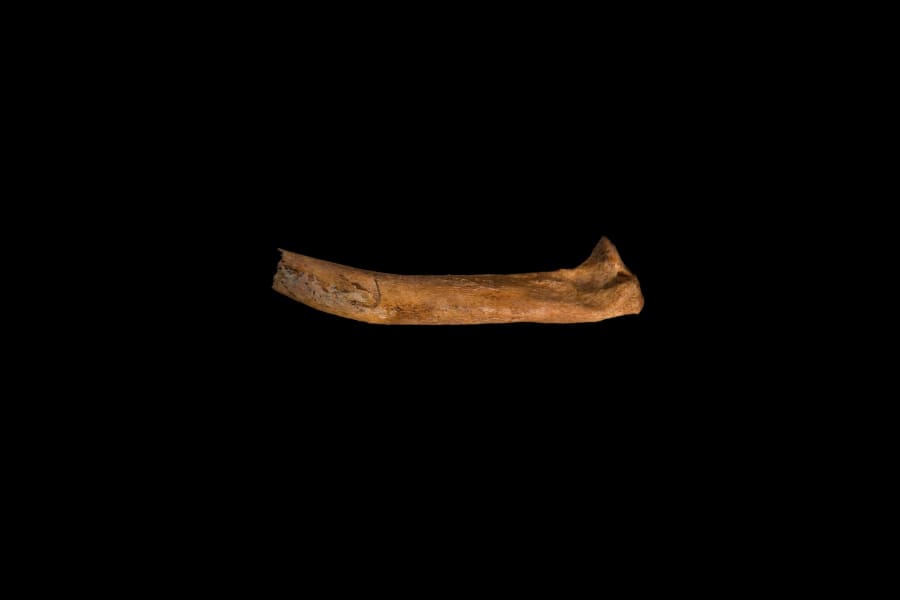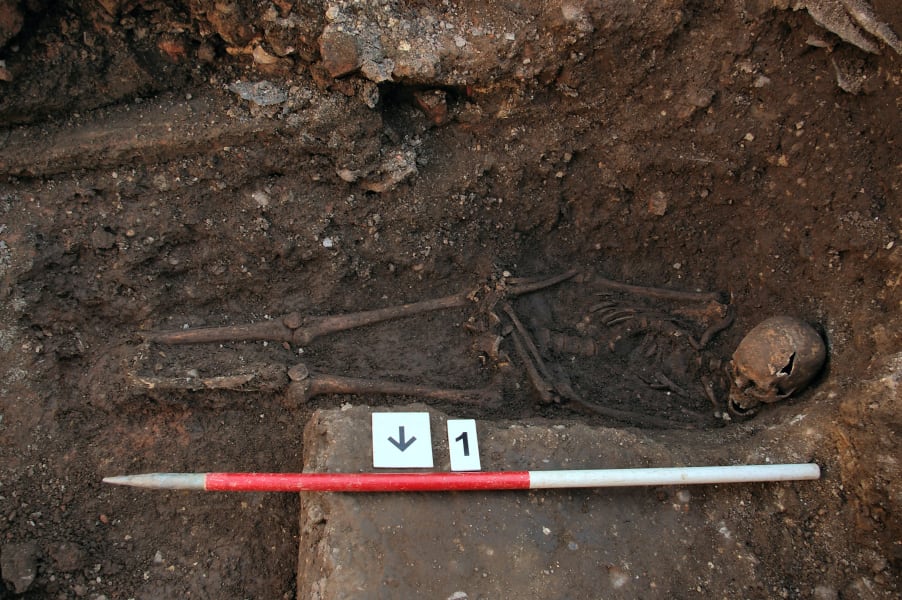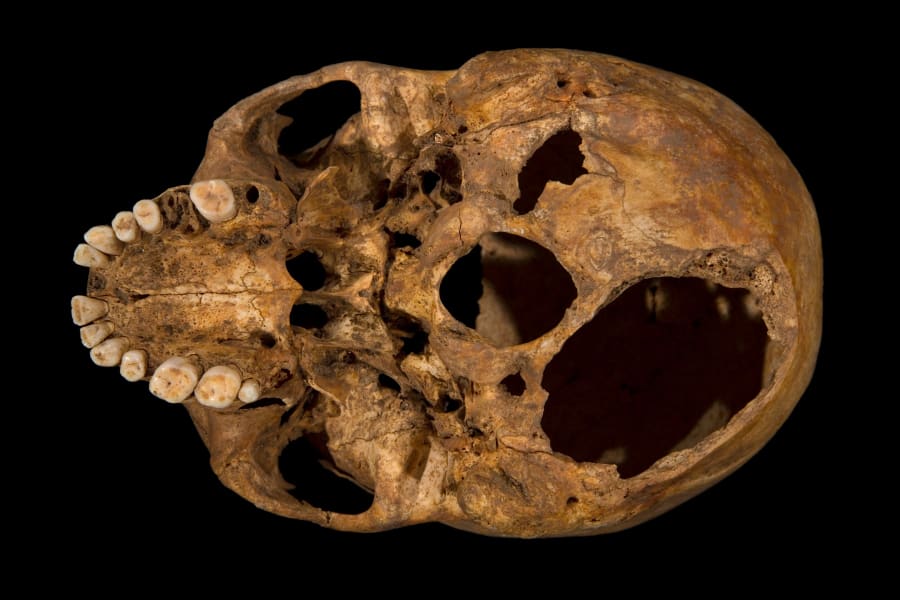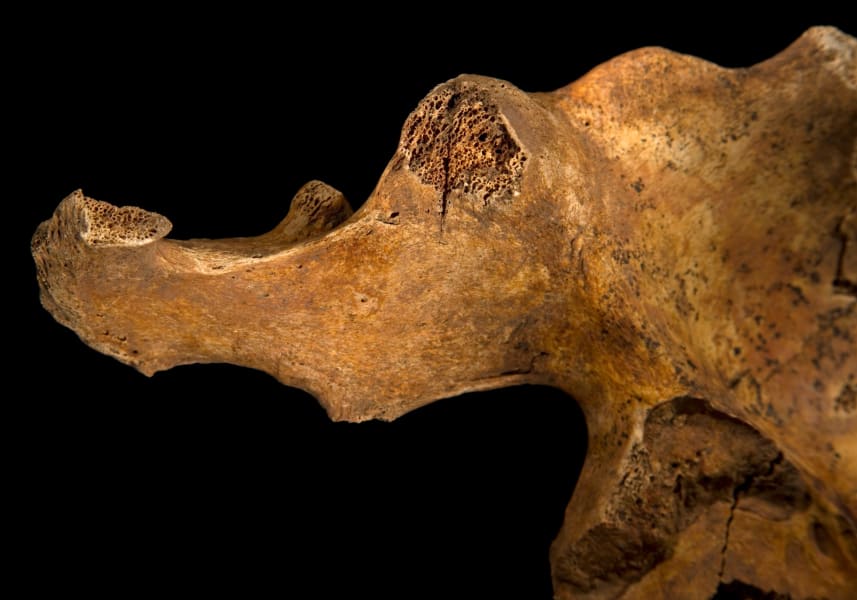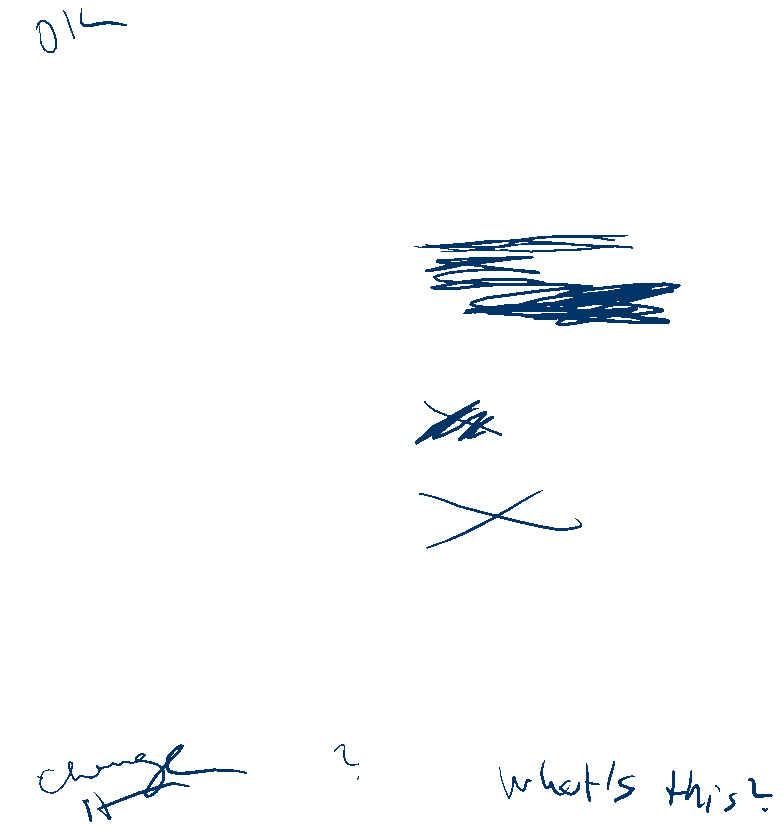Share
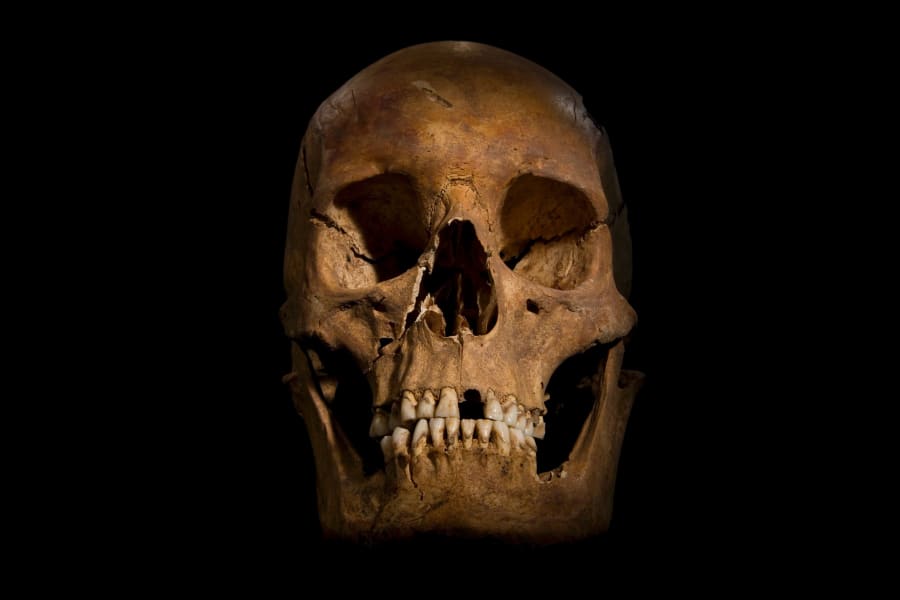

1 of 11
In 2012, experts began digging away at the area and established that it was part of the friary and that a skeleton, hastily buried in an uneven grave, was that of King Richard III, who was killed in 1485 during the Battle of Bosworth Field. University of Leicester
Mitochondrial DNA extracted from the bones was matched to Michael Ibsen, a Canadian cabinetmaker and direct descendant of Richard III's sister, Anne of York. University of Leicester
Scientists at the University of Leicester say their examination of the skeleton shows Richard met a violent death: They found evidence of 11 wounds -- nine to the head and two to the body -- that they believe were inflicted at or around the time of death. Here, the base of the skull shows one of the potentially fatal injuries. This shows clearly how a section of the skull had been sliced off. University of Leicester
The lower jaw shows a cut mark caused by a knife or dagger. The archaeologists say the wounds to Richard's head could have been what killed him. University of Leicester
A wound to the cheek, possibly caused by a square-bladed dagger, can be seen here. University of Leicester
This hole in the top of the skull represents a penetrating injury to the top of the head. University of Leicester
Two flaps of bone, related to the penetrating injury to the top of the head, can clearly be seen on the interior of the skull. University of Leicester
The image shows a blade wound to the pelvis, which has penetrated all the way through the bone. University of Leicester
Here, a cut mark on the right rib can be seen. University of Leicester
As the skeleton was being excavated, a notable curve in the spine could be seen. (The width of the curve is correct, but the gaps between vertebrae have been increased to prevent damage from them touching one another.) University of Leicester
The body was found in a roughly hewn grave that experts say was too small for the body, forcing it to be squeezed into an unusual position. The positioning also shows that his hands may have been tied. University of Leicester
